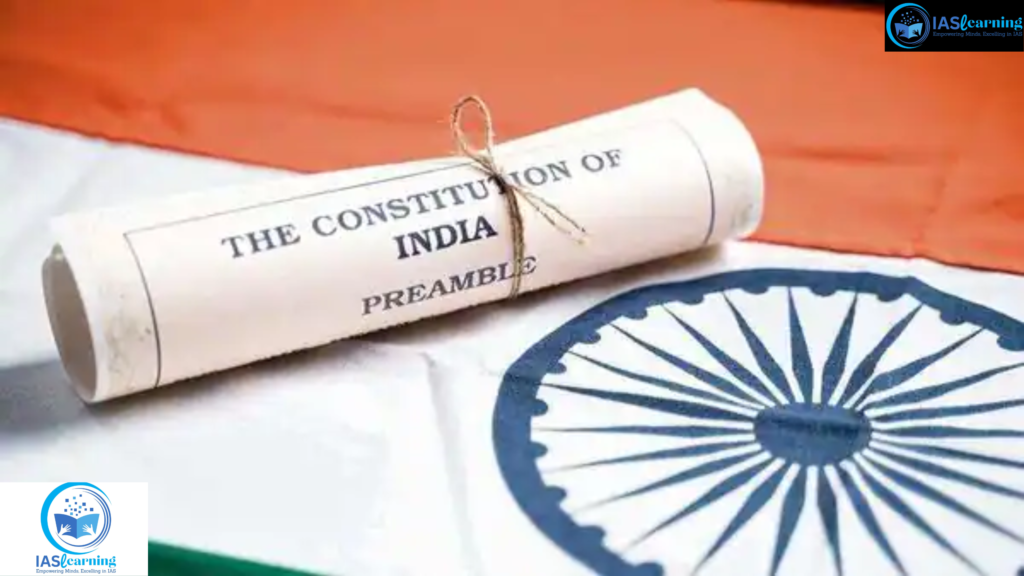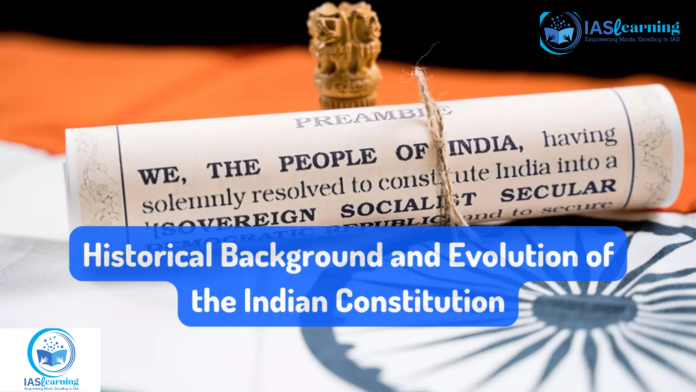INDIAN CONSTITUTION

World’s Largest Written Constitution:
- The Indian Constitution is renowned for being the world’s largest written constitution, distinguished by its unique content and spirit.
Rooted in Nationalist Movement:
- While formally drafted by a Constituent Assembly between December 1946 and November 1949, India’s Constitution drew upon the rich history of the nationalist movement for independence.
Challenges During Framing:
- The Constitution was crafted under challenging circumstances, including the partition of India and communal riots, making the process more complex.
Built on Broad Consensus:
- The Constitution makers benefited from a pre-existing consensus on the framework for independent India, which had evolved during the struggle for freedom.
Adoption and Implementation:
- The Indian Constitution was adopted by the Constituent Assembly on 26th November 1949 and came into full effect on 26th January 1950, marking India’s transition to a republic.
Understanding through Historical Background:
- To gain a better understanding of the Indian Constitution, it’s crucial to delve into its historical context and the foundation upon which it was built.
HISTORICAL BACKGROUND OF INDIAN CONSTITUTION

- British Influence on the Indian Constitution:
- The foundational framework of the Indian Constitution can be traced back to the era of British rule in India.
- British Arrival for Trade:
- Initially, the British arrived in India for trade purposes, but they gradually became the dominant power as the central authority of the Mughal Empire weakened in the 18th century.
- British-Led Socio-Economic and Political Changes:
- To strengthen their control over India, the British government introduced a series of socio-economic and political developments in the country.
- Significant Acts and Reforms:
- Various developments during British rule, starting from the Regulating Act of 1773 to the Government of India Act of 1935, played a pivotal role in shaping the present Indian Constitution and political system.
These points offer a succinct summary of the British influence on the foundational framework of the Indian Constitution and the historical developments that paved the way for India’s modern constitutional and political landscape.

